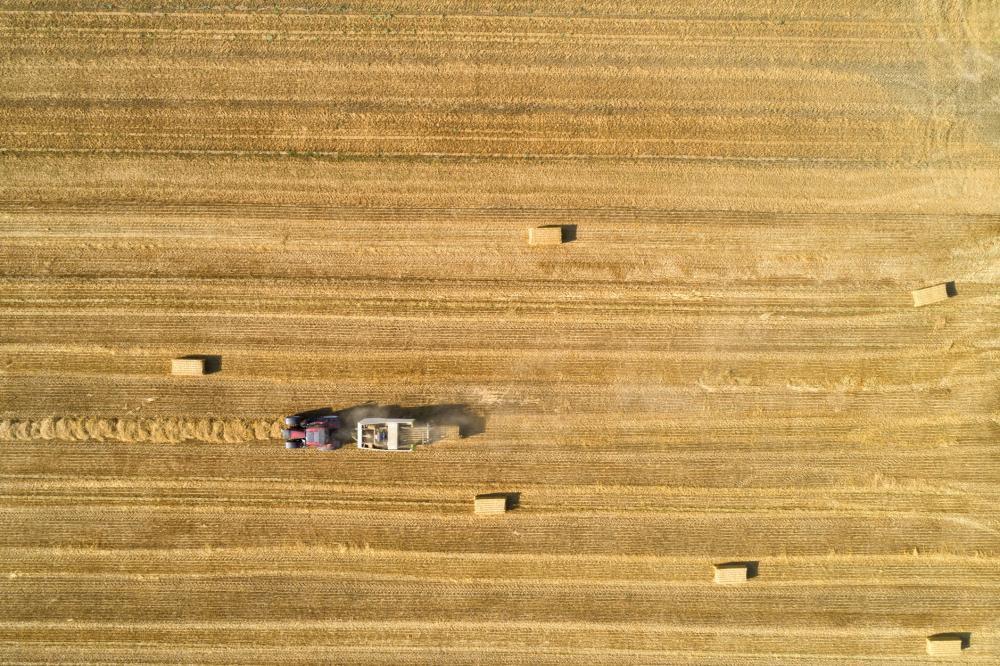2 min Read
For six generations, Marianne Smith Edge’s family has farmed in Kentucky with dairy farming at the core. Today the family farm raises only hay, but she and her husband grow corn and soy on their own farmland. She is also a registered dietitian and former president of The Academy of Nutrition & Dietetics.
Today, her consultancy The AgriNutrition Edge works with a variety of organizations with the goal of fostering communication and synergies between the food and agriculture communities.
We talked with Smith Edge about her career, farming and gene editing.
[qaquote]
“Agriculture is the framework and the backbone of what we eat. We can only solve issues like hunger, food insecurity and obesity if everyone is at the table,” she said.
Marianne Smith Edge, MS, RD, LD, FADA
Founder/Principal, The AgriNutrition Edge
[/qaquote]
Why did you decide to become a dietitian?
When I first entered college at the University of Kentucky, I thought I wanted to be a dental hygienist. That all changed when I took my first nutrition science class. In some ways, it’s really unsurprising that I entered the field. I'd had so much involvement with food growing up on a farm. I was very active in 4-H and did a lot of food preparation projects and demonstrations. So, becoming familiar and learning some of the nutritional and food science aspects of food at an early age, definitely piqued my interest in nutrition.
What do you wish people knew about food and farming?
First of all, I wish that people realized farming is not for the faint of heart. No matter what type of farming, it's a risky business. There are a lot of factors that cannot be dictated or controlled — i.e. Mother Nature. It takes a special kind of person to be a farmer.
I also wish people understood why farmers use technology. The reason we change and continue to evolve from a technology standpoint is that it gives us a way to improve efficiency, quality and safety.
You’ve written before about gene editing technology. Why do you think it’s important?
Gene editing has the promise to really reduce food waste. It’s such a big issue and we haven’t taken it seriously enough. One thing to think about with waste is that, a lot of times, food gets thrown away because it’s brown or bruised. With gene editing, we can make a small change to a plant’s genome to prevent browning. Gene editing is valuable in that regard.
We can also look at gene editing to add nutritional value to a product that may already be healthful but missing an essential amino acid. It’s another tool in the toolbox. And we can use gene editing to prevent diseases in pigs, cows and chickens. That improves overall animal welfare — a clear advantage.
The good news is that gene editing is widely available to scientists, so there’s a lot of opportunities.



